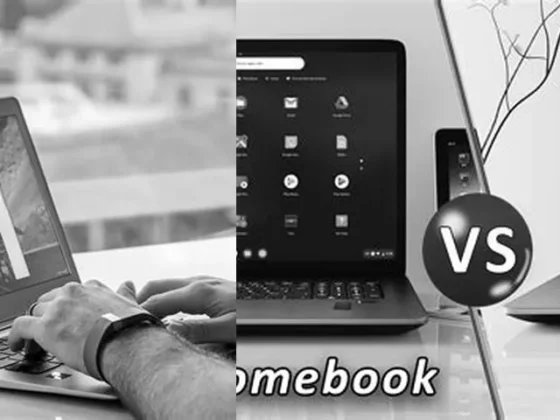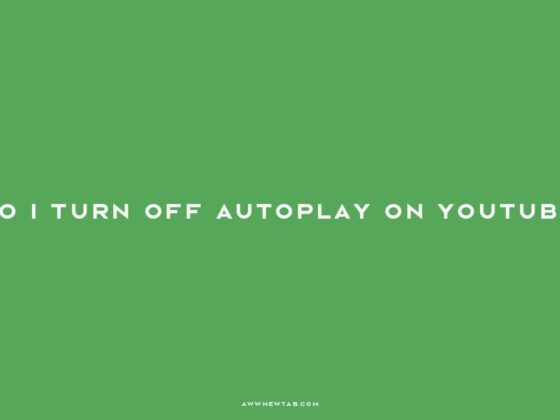How to Make Your Chromebook Recognize USB: Troubleshooting Guide – Having trouble getting your Chromebook to recognize your USB? Don’t worry, you’re not alone! Whether you’re trying to transfer files or connect a peripheral device, USB detection issues can be frustrating. But fear not, as we’ve got you covered with some troubleshooting tips and advanced techniques to help you get your Chromebook in sync with your USB. Say goodbye to the USB blues and hello to seamless connectivity. Let’s dive in and solve this USB mystery once and for all!
Troubleshooting USB Detection on Chromebook
When your Chromebook fails to recognize a USB device, it can be a source of frustration. But with a systematic approach, you can often resolve the issue quickly. Here’s how to troubleshoot and fix the problem, ensuring your Chromebook and USB device can communicate effectively.
Initial Reconnection Steps
Starting with the basics, the first action is to disconnect and then reconnect the USB device. It might sound simple, but sometimes the connection isn’t secure, or the device wasn’t recognized on the initial plug-in. After reconnecting, restart your Chromebook. This can refresh the system and eliminate temporary glitches affecting USB recognition.
Tip: When reconnecting, ensure that the USB plug is inserted firmly and correctly into the port. Any debris or damage to the USB port or plug can cause connection issues.
Power Cycle Your Chromebook
If the initial step didn’t work, it’s time to try power cycling. With the USB device disconnected, turn off the Chromebook, wait a few seconds to clear any residual power, then power on the computer and reconnect the USB device. This process can resolve issues that a simple restart doesn’t.
Checking Chromebook’s Settings
Occasionally, USB ports can be disabled in the system settings. To check this:
- Navigate to the settings app on your Chromebook.
- Look for a section labeled “Device” or “Peripherals”.
- Within this menu, look for options related to USB ports and ensure they are enabled.
Enabling these settings can sometimes restore functionality to your USB ports.
Try Alternative USB Ports
Chromebooks often come with multiple USB ports. If one port isn’t working, try inserting the USB device into a different port. This can identify whether the issue is with a specific port on your Chromebook.
Developer Mode and USB Booting
If you’re trying to use a USB device for booting, you may need to enable USB booting on your Chromebook. This is slightly more advanced and requires starting up in Developer Mode. Once in Developer Mode, enter the necessary USB booting command in the Command Prompt.
After enabling, you can boot from the USB disk by pressing Ctrl + U on the Developer Mode startup screen. Remember, enabling Developer Mode may void your warranty and can potentially lead to security risks, so proceed with caution.
Recovery Mode Via USB Disk
If your aim is system recovery from a USB disk, you should use your Chromebook’s Recovery Mode. This mode is specifically designed for restoring your system using external media.
Advanced Troubleshooting
Method 6: Reinstalling USB Controllers
If you’ve tried all the above methods and your USB device still isn’t recognized, you may need to reinstall the USB controllers. This is a more advanced step and typically requires you to access the terminal or possibly powerwash (reset) your Chromebook, which should be done with care as it will erase all local data.
Before proceeding with this step, it’s recommended to back up any important data stored locally on your Chromebook.
Additional Tips and Considerations
- Check for Updates: Ensure your Chromebook is running the latest version of Chrome OS.
- Try Another USB Device: Sometimes the issue might be with the USB device itself. Try connecting a different device to determine if the problem is with the original USB device.
- Inspect Physical Damage: Look closely at the USB ports for any signs of physical damage or foreign objects that might be causing a blockage.
- Manufacturer Support: Refer to your Chromebook’s manufacturer support page for device-specific troubleshooting tips.
Conclusion
Getting your Chromebook to recognize a USB device usually involves a few simple steps such as reconnecting the device, restarting your Chromebook, checking the settings, or trying a different port. If these steps don’t work, more advanced troubleshooting such as enabling Developer Mode or reinstalling USB controllers might be necessary.
Throughout the process, remember the principles of patience and careful attention to detail. With a methodical approach, most issues with USB recognition can be resolved, restoring full functionality to your Chromebook and allowing you to get back to work or play without further delay.
Key Takeaways
- Start with simple reconnection and restart steps.
- Check and adjust your Chromebook’s settings if necessary.
- Use alternative USB ports to identify port-specific issues.
- For USB booting, Developer Mode might be required.
- Consider advanced methods like reinstalling USB controllers only after backing up data.
By following these steps and tips, you should be able to overcome any issues with your Chromebook not recognizing USB devices. Remember, technology can sometimes be unpredictable, but with the right approach, even the most perplexing problems can be solved.
FAQ & Related Questions about How Do I Get My Chromebook To Recognize My USB?
Q: How can I get my Chromebook to recognize my USB?
A: To get your Chromebook to recognize your USB, you can try disconnecting and reconnecting the USB device, as well as restarting your Chromebook. Another option is to remove the USB device, turn off the Chromebook, wait a few seconds, then power on the computer and reconnect the USB device.
Q: Why is my USB not showing up on my Chromebook?
A: If your USB is not showing up on your Chromebook, you can check the settings to see if there is an option to enable the USB port. Go to the settings app and look for a “Device” or “Peripherals” option. Additionally, you can try using a different USB port on your Chromebook.
Q: How do I enable USB on Chromebook?
A: To enable USB booting on a Chromebook, you need to start up in Developer Mode and enter the USB booting command in Command Prompt. Once USB booting is enabled, you can boot from the USB disk by pressing Ctrl + U in the Developer Mode startup screen. Chromebook’s Recovery Mode also allows you to recover your system from a USB disk.
Q: How do I access a USB stick on Chromebook?
A: To access a USB stick on your Chromebook, simply plug the USB device into the USB port on the side of the Chromebook. Then, open the Files app to view the files stored on the device. Please note that the USB device must not be encrypted.


